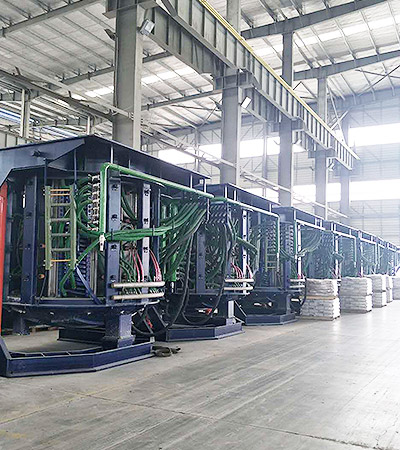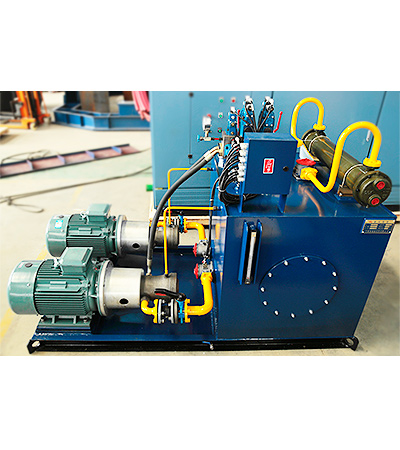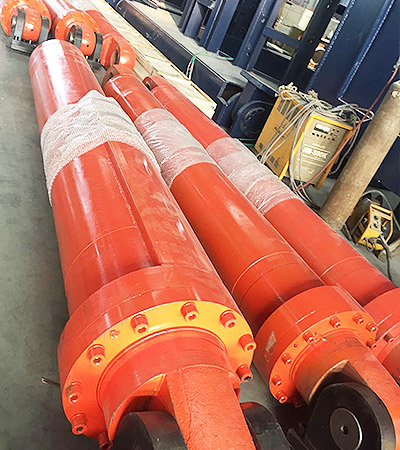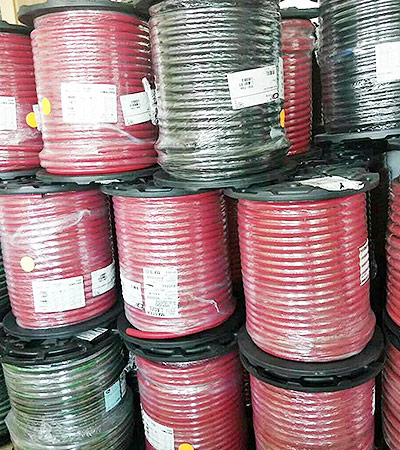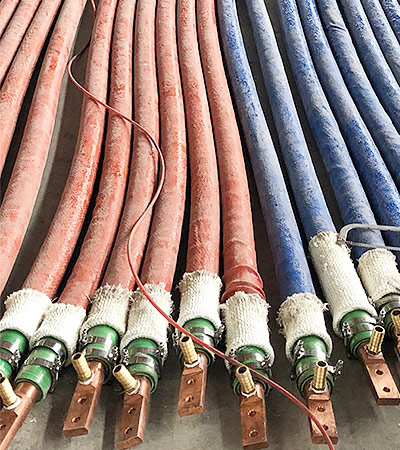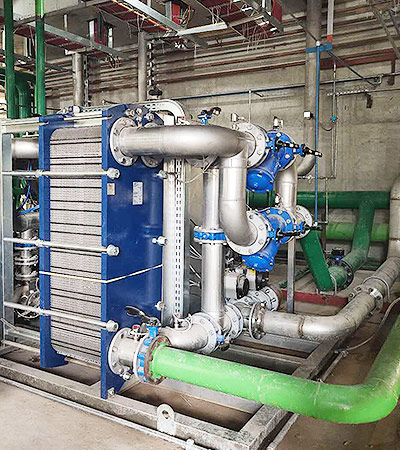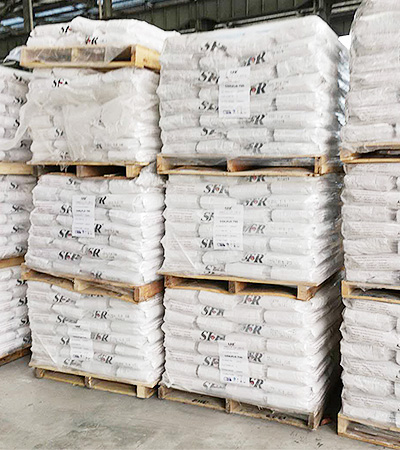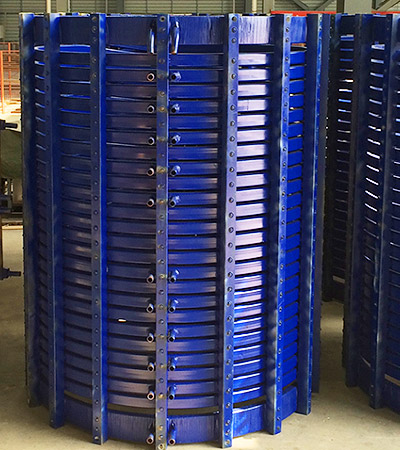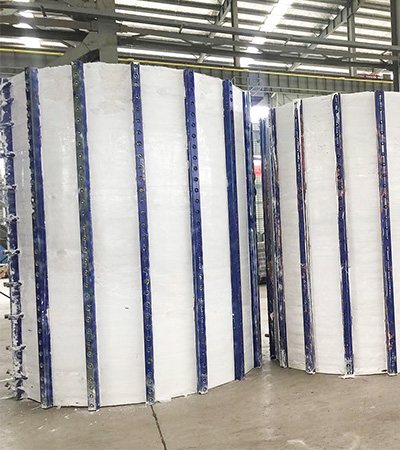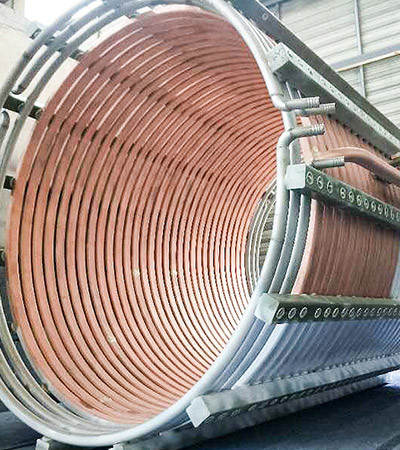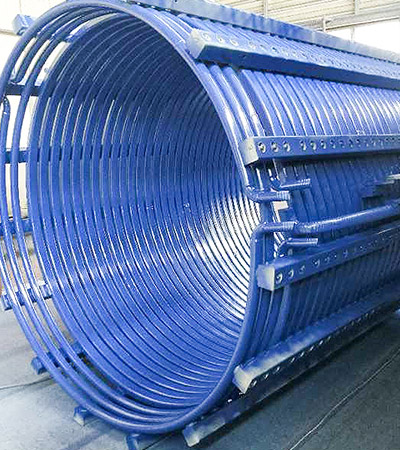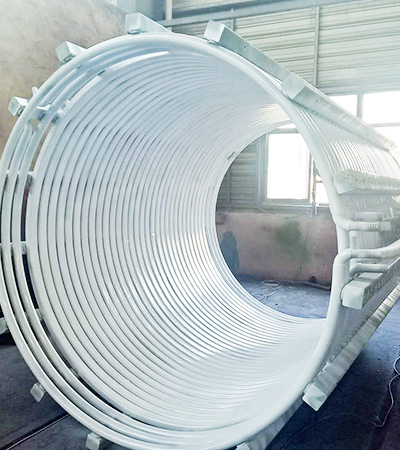The principle of steelmaking is to convert carbon, phosphorus, sulfur and other impurities in scrap or pig iron into gas and slag to remove steel by using oxygen or iron oxides at high temperature in the steelmaking furnace.
There are three commonly used steelmaking methods, namely: open hearth steelmaking, converter steelmaking and electric furnace steelmaking.
1. Open hearth steelmaking method:
The raw material scrap, scrap iron, iron ore, limestone and quicklime solvent are put into the steelmaking furnace, heated with blast furnace gas or liquid fuel heavy oil, and oxidant is added to remove impurities.
When the steelmaking starts, the fuel and the hot air will burn on the fuel surface, and the temperature can reach 1800 degrees. The heat energy is melted by the action of the flame, and the partially melted pig iron generates ferrous oxide. The impurities in the pig iron are silicon and manganese. Iron is oxidized to form slag, and then impurities such as limestone, phosphorus and sulfur in the furnace are formed into calcium phosphate and calcium sulfide to become slag; excess carbon is also oxidized, and carbon monoxide is formed from the molten molten steel, as if the molten steel is boiling.
2. Converter steelmaking method:
The oxidant used in this steelmaking method is oxygen. Air is blown into the molten pig iron to oxidize impurities such as silicon and manganese in the charge, and a lot of heat is released during the oxidation (containing 1% silicon can increase the temperature of the pig iron. 200 degrees Celsius), the furnace can reach a high enough temperature. Therefore, converter steelmaking does not require other fuels.
The shape of the converter in converter steelmaking is like a pear, with refractory bricks on the inner wall and many small holes (tuyere) on the side of the furnace. The compressed air is blown into the furnace from these small holes, also known as the side-blown converter; when the steelmaking begins, the converter is in a Level, inject liquid pig iron at 1300 degrees Celsius, add a certain amount of quicklime, then blow air and turn the converter to make it stand upright. At this time, the surface of the liquid pig iron reacts violently, oxidizing iron, silicon and manganese (FeO, SiO2 , MnO,) to generate slag, and the convection effect of the molten steel and slag is used to make the reaction in the furnace uniform; after a few minutes, when only a small amount of silicon and manganese are left in the molten steel, carbon begins to oxidize, generating carbon monoxide (exothermic). ) to vigorously boil the molten steel. A huge flame occurs at the furnace mouth because of the overflowing carbon monoxide; finally, phosphorus is also oxidized and further generates ferrous phosphate, which then reacts with quicklime to generate calcium phosphate and calcium sulfide slag. If the converter steelmaking is blown with high-pressure industrial pure oxygen, the efficiency and steel quality can be further improved.
3. Electric furnace steelmaking method:
Electric furnace steelmaking is to convert electric energy into heat energy to generate heat source, also known as electric arc furnace steelmaking. The use of thermally conductive material graphite electrodes to generate an electric arc between the electrode and the charge in the electric furnace results in the conversion of electric energy into heat energy in the arc, while laying and The heating of the electric arc melts the metal and the slag, and smelts the steel with various components. The electric furnace steelmaking mainly uses scrap steel as the raw material, which consumes less pig iron and no longer needs a large amount of coke.

 English
English España
España EN
EN
